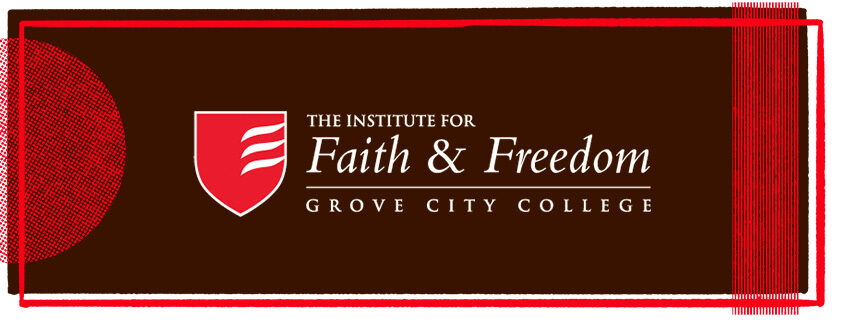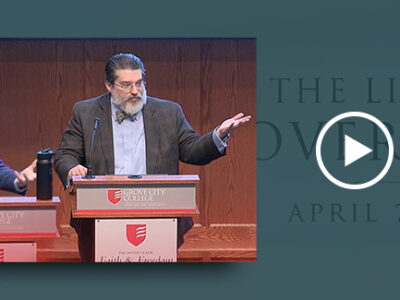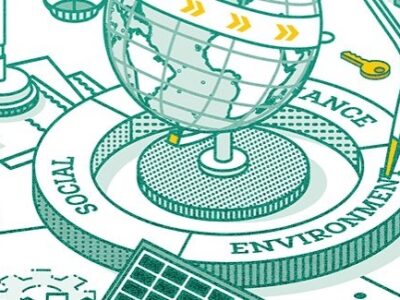
Did you celebrate the “International Day of Family Remittances” this year? Probably not. If you’re like most Americans, the word “remittance” is foreign to you. However, to families in countries around the world, remittances are lifelines that help them overcome conditions of poverty and improve living standards—results that deserve more attention.
An article referring to “remittances” in The Economist first caught my attention in 2020 and my interest has not waned on the subject since. It was about Nigerian migrants moving to European countries to find lucrative work. This loss of workers could be condemned as a draining of talent, but the author pointed out its positive effects. He wrote: “The easiest benefits to measure are the remittances that migrants send home. Nigeria, for instance, got $24.3 billion in 2018 from its citizens working abroad … about eight times more than it receives in development aid [and] more than 10 times what Nigeria got in foreign investment.” That got my attention as an advocate of hard work and private enterprise, both often unheralded.
First, what is a “remittance?” It is a financial transaction by which migrant workers, employed for example in the United States, send part of their earnings to family members back in their home country. It is the way that their hard work increases income for their families in the migrant’s country of origin, helping them to pay for food, health care, and education.
How is the transfer of funds accomplished? Remittance companies like Western Union and Money Gram have historically dominated the remittance industry. Basically, a migrant worker sets some of his earnings aside—on average $200 to $300 every month. He then takes the funds to a remittance company, say a Western Union office which arranges to wire the money to the designated beneficiary, most often a family member in the migrant’s home country.
Recently, new technology has led to novel methods of delivering the funds. There are many new provider choices available to the migrant—Azimo, WorldRemit, Remitly, PayPal, Wise, and others as well as the traditional choices, Western Union and Money Gram. Of course, the migrant must pay a fee for the service which often involves long distance deliveries, currency exchange problems and the like. Right now, according to collected data, fees take up on average 6% of the total sent. Obviously, the rates go higher depending on the country in to which the funds are delivered. Delivery to African countries averages 7.8%.
Before the discussion of the volume of the remittances worldwide, something should be said about how information is collected about remittances. Much of the data about remittances are gathered by IFAD, the International Fund for Agricultural Development. This specialized United Nations agency monitors these transactions because it is charged with promoting economic development in rural areas of poor countries, which is where the remittances are most often directed by migrant workers. Surprisingly for a U.N. agency, IFAD’s publications and policy statements are very supportive of the private-sector remittance system. IFAD seems to recognize that without remittances there would be much less progress in overcoming rural poverty.
Let’s start with the volume of remittances transferring income from one location to another. The magnitude of the help provided is astounding, and at the same time, heartening. The estimated value in U.S. dollars of remittances sent by migrants to families in low and middle income nations in 2022 was $626 billion. If you add in amounts sent home by migrants to other countries (with higher incomes) the total rises to almost $800 billion each year and that number has been steadily growing. Currently, 800 million people worldwide receive remittance payments.
What those figures mean is that since the late 1990s remittances have outrun Official Development Assistance (ODA), that is, foreign aid. In other words, Official Development Assistance is not the major source of help to poor families in the less developed world. World Bank charts show Official Development Assistance has remained steadily at $100-$200 billion range over the last 10 years, while remittances to families in low and middle-income countries has risen steadily. Migrant workers sending a stream of income back home have become, according to the World Economic Forum, a “global economic force.”
Another important difference commends remittances as opposed to ODA aid programs. Although there is a modest remittance transfer cost paid by the migrant, the rest of the money goes directly to his or her family—it is worker to household help.
By contrast, ODA programs, according to recent Brookings figures, pass funding through the administrative layers of other entities. Some ODA transfers go directly to governments (20%), some go to non-profit organizations (NGOs) (20%), and some go to multilateral organizations like the World Bank (34%). All of these must extract administrative costs, which reduce the monies that get to poor families.
Also, with remittances, no funds are diverted to corrupt officials, often a serious problem with aid payments made directly to governments. The U.S. Inspector General and various government programs intended to thwart corruption are constantly identifying the misuse and diversion of foreign assistance. Problem areas—burgeoning administrative costs and corruption—regularly occur with Official Development Assistance. Late Economist Peter Bauer began questioning just such perverse results from traditional foreign aid in the early 1970s. The same theme has been taken up by Zambian commentator Dambisa Moyo in her book, Dead Aid: Why Aid is Not Working in Africa. Other African economists like the late George Ayittey did not mince words regarding these results from foreign aid: “The record of aid has been terrible.” Remittances, by contrast, do not produce these two very destructive by-products of ODA programs.
Next, remittance monies go into the hands of families who spend the funds locally. This pattern encourages indigenous entrepreneurship and business development to meet genuine needs. The expenditures are on necessaries and incentivize local providers of those necessaries—farmers, food processors, education and health providers, and merchants selling other goods. Moreover, the family oversees and evaluates how the additional remittance funds will best improve the family’s economic well-being.
What has happened here—quietly, steadily, and gradually—is the harnessing of the productive power of more developed economies through legal migrant workers who then help finance economic development, one family at a time, in other lower and middle income economies.
How can the remittance revolution be advanced? Governments should keep the remittance transactions as free of excessive regulation as possible. United States law, through the Consumer Financial Protection Bureau, does require transfer providers to reveal to senders (migrant workers) in advance the various costs of the transfer—exchange rates, fees, amount of the final delivery. So far, these have not been burdensome. However, legislators and regulators should realize that additional regulation always means additional costs, and that will lead to higher transfer charges.
Governments in the countries of the recipient families must resist the temptation to tax new mobile remittance services. For example, in Sub-Saharan Africa, many governments have lost revenue on voice transmission and Short Message Service (SMS) and therefore “are looking to new revenue sources to address fiscal shortfalls and are increasingly targeting mobile money services.” This has a negative effect on the very enterprises whose newer phone and “app” technology is likely to reduce transfer charges. Taxing and excessive regulation of these remittance providers will stall the engine of private, migrant-funded aid that will continue to help reduce poverty in many nations.




